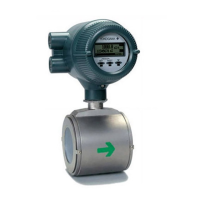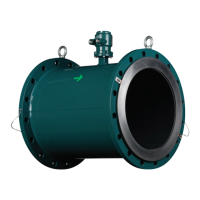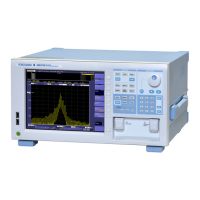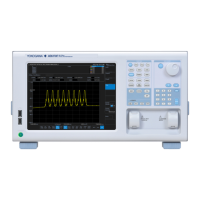<INSTALLATION AND OPERATING PRECAUTIONS FOR FLAMEPROOF ENCLOSURE
“d” CERTIFIED UNDER JAPANESE TYPE CERTIFICATION>
1
EX-B05-1EN
INSTALLATION AND OPERATING
PRECAUTIONS FOR FLAMEPROOF
ENCLOSURE “d” CERTIFIED UNDER
JAPANESE TYPE CERTIFICATION
1. General
The following describes precautions on electrical
equipmentprotectionbyameproofenclosure
“d” for use in explosive atmospheres (hereinafter
referred to as Flameproof enclosure “d” equipment).
Following the Labor Safety and Health Laws of
Japan,ameproofenclosure“d”equipmentisan
electrical equipment which has Type Approval by
JapanesecerticationbodyaccordingtoOrdinance
No.45 of 30 September 1972 and the latest
amendment: Ordinance No. 121 of 30 June 2016
by the Japanese Ministry of Health, Labor and
Welfare.Thesecertiedequipmentcanbeusedin
explosive atmospheres.
Certiedequipmentincludesacerticationlabel,
an equipment nameplate with the necessary
specications,andwarninglabelsforFlameproof
enclosure“d”.Pleaseconrmtheseprecautionary
itemsandusetheequipmenttomeetspecication
requirements.
For electrical wiring and maintenance servicing,
read USER’S GUIDELINES for Installations for
Explosive Atmospheres in General Industry.
2. Electrical equipment protection by
ameproofenclosures“d”
Flameproof enclosure “d” has an enclosure(s) in
which the parts which can ignite an explosive gas
atmosphere are placed and which can withstand
the pressure developed during an internal explosion
of an explosive mixture, and which prevents the
transmission of the explosion to the explosive gas
atmosphere surrounding the enclosure.
Inthismanual,thewordʻameproofenclosure“d”
ʻisappliedtotheameproofequipmentcombined
with the types of protection increased safety “e”, oil
immersion safety “o”, intrinsic safety “I”, and special
protection“s”,aswellasameproofenclosure“d”.
3. Terminology
(1) Enclosure
It contains all the walls, doors, covers, cable
glands, rods, spindles, shafts, etc. which
contribute to the Type of Protection or the
degree of protection IP of the equipment.
(2) Enclosure internal volume
It is total internal volume of the enclosure in
which the contents are essential in service, the
volume to be considered is the remaining free
volume.
(3) Widthofameproofjoint
Itisshortestpaththroughaameproofjoint
from the inside to the outside of an enclosure.
Thisdenitiondoesnotapplytothreadedjoints.
(4) Gapofameproofjoint
It is distance between the corresponding
surfacesofaameproofjointwhenthe
electrical apparatus enclosure has been
assembled. For cylindrical surfaces, forming
cylindrical joints, the gap is the difference
between the diameters of the bore and the
cylindrical component.

